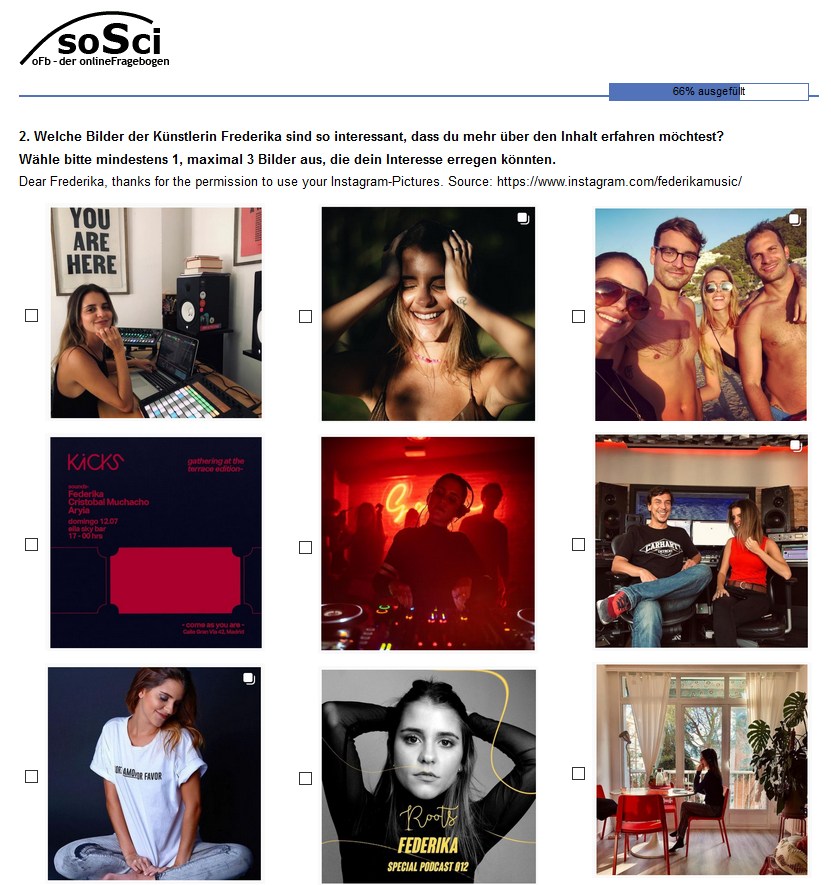The last topic dealt with the challenge of not only being attractive and appealing to the target group in the short term and on an ad-hoc basis, but also paying attention to one’s community/target group in the long term and being interesting and appealing at the same time. This last post is to round up the input on the topic of personal branding for visual arts and musicians once.
In the coaching you will find further and above all very practical and detailed information that will give you an even deeper insight and through which you will be personally challenged to tackle the creation of the marketing of your person and to handle it yourself. The aim is to get to know yourself – to be able to classify your personality in order to develop your personal brand based on your insights and to extract it from you.

Knowing your personality is the first step to success
Knowing your personality, being able to name and describe it, and above all knowing how to use it or bring it to the surface in a targeted manner and in the right place, is already half the story. Because personality is about our own character traits, qualities and peculiarities, some of which we can develop and acquire throughout our lives. At which moments and in which places can these be combined and used in a purposeful way? To be able to answer these questions, click into the coaching and register – without obligation and free of charge.
Recap
As a short conclusion, we would like to go back to the topics touched in order to give a brief overview and to summarize the key points. First of all, it was about the fact that the own personal brand is becoming more and more important nowadays and therefore the requirements are increasing. Personal branding is about presenting oneself, one’s strengths and thus giving the ‘audience’ the opportunity to be inspired and captivated. What is your passion and how do you want to be perceived by others from the outside? All these answers to those questions take time – your brand and identity you can thus (within a certain framework) further expand, develop and thus consolidate. This process is worth an adventure! And the most important thing: stay yourself, stay authentic – just completely individual.
The representative study results of last year’s 2021 survey can also be helpful. In this context, the focus was on the target group’s perception of the artist.
As the description and title of the series of topics and during the blog posts repeatedly advertised, you have the opportunity to sign up for a free coaching. This explores the individual topics in more depth and guides you through the process of finding your own personality as well as the creation and creation of your own personal brand. You will have the opportunity to enroll and sign up for the tutorial and will be guided to answer the following questions for yourself:
- What skills do you want to build on and expand?
- What components make up your personality?
- How and in what way do you want to promote your personal brand?
Journey and get involved in defining and developing your own brand.
Stay tuned.
More about Personal Branding…
- Personal Branding: Coaching. Part 4
- Personal Branding: Coaching. Part 3
- Personal Branding: Coaching. Part 2
- Personal Branding: Coaching
- Personal branding for the visual arts: the importance of the artistic work.
- Personal Branding for the Visual Arts.
- 4 questions that will make your personal branding project go down the drain.
- Personal Branding, a journey?
- House Altar February 2022
- 4 years with a Surface Book. 4 months with its successor, the MacBook.











